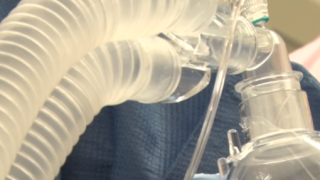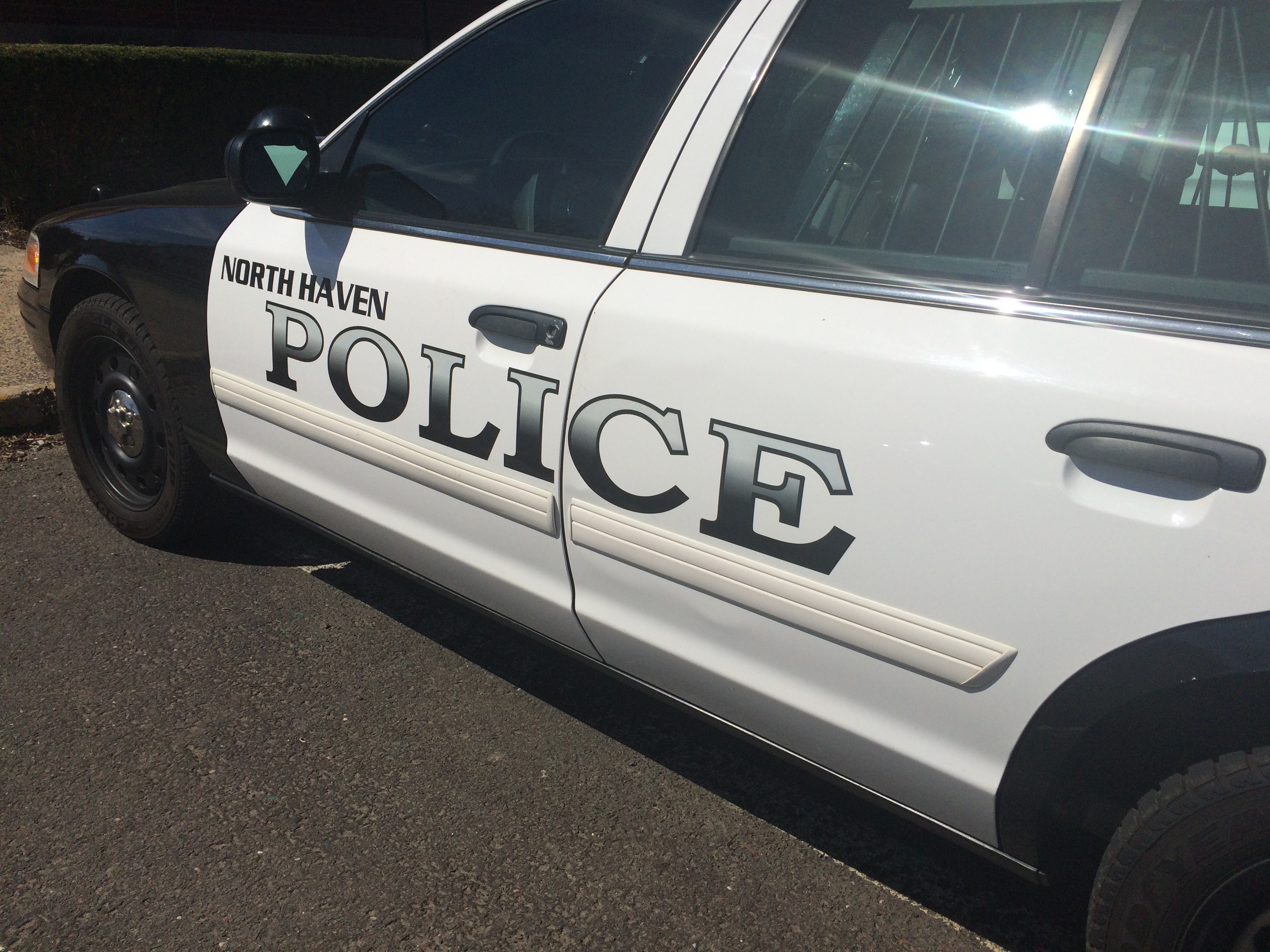
An ongoing debate in the medical world now extends to veterans' care - it is about who is qualified to administer anesthesia.
When a patient undergoes surgery, they receive anesthesia, but the question lingers: can a nurse anesthetist provide the treatment, or does a physician need to be present?
It is a question that now applies to veterans’ care.
The U.S. Department of Veterans Affairs is developing national standards that would make health care uniform across all VA medical facilities, and is considering letting nurse anesthetists, or CRNAs, administer anesthesia without physician oversight.
Get Connecticut local news, weather forecasts and entertainment stories to your inbox. Sign up for NBC Connecticut newsletters.
Dr. Michael Urban, Occupational Therapy Program Director at University of New Haven, used to work with surgical units with VA Connecticut Health Care and was involved in quality improvement initiatives. He said the policy change would aim to expand access to care.
“Some of the benefits would be shorter wait times to get in for surgical cases, especially some of the more low-risk, routine every day, which was a high volume of the cases when I worked at the VA,” Urban said. “Sometimes you may have the surgeons available, but if you only have one anesthesiologist, you have to pick and choose what days cases are being done.”
The Department of Veterans Affairs said no standards have been implemented to date and no proposals have been made to eliminate physician anesthesiologists.
Local
In a statement, they tell NBC Connecticut:
“VA is developing national standards of practice to ensure safe, high-quality care for our Nation’s Veterans and to ensure that VA health care professionals can meet the needs of Veterans wherever they are located. It is important to note that no standards have been implemented to date and there have been no changes made to our current models of Anesthesia Care. More specifically, there have been no proposals made to eliminate our valued physician anesthesiologists from the care of our Veterans.”
A spokesperson with the VA Connecticut Health Care system said right now, no nurses are administering anesthesia without physician supervision in Connecticut.
However, medical associations across the country and the state are sounding off on the possibility of that changing. When a similar proposal came up in 2017, hundreds of physician anesthesiologists signed letters of opposition sent to the secretary of the U.S. Department of Veterans Affairs.
“After doing public comment, which generated more than 200,000 public comments, the VA rightly chose to maintain physician oversight for nurse anesthetists,” Dr. Randall M. Clark, American Society of Anesthesiologists president, said. “We think that was the right decision, and are asking the public to have a similar input to this rulemaking and maintain physician oversight of anesthesia care.”
The American Society of Anesthesiologists opposes the change, saying the VA’s proposal denies veterans access to the highest quality anesthesia care, which is the same standard of care available to 95% of Americans.
ASA also said there was no workforce shortages or problems with access to anesthesiologist care in the VA even during the COVID-19 pandemic.
The Connecticut State Society of Anesthesiologists is a member organization of ASA, and Dr. Siva Arumugam points out that anesthesiologist physicians have years more training and experience than CRNAs.
“On an average, about 12 to 14 years of training before they become anesthesiologists. In terms of clinical training, I think about five to six times the clinical training in terms of the hours, about 12,000 to 16,000 hours of training goes into becoming an anesthesiologist before you call yourself a physician anesthesiologist,” Arumugam said.
“I'm not denying the fact that nurse anesthetists do a good job. We're just proposing that we should maintain the physician anesthesiologist lead team care model," he continued.
There is concern among both organizations that removing physicians from the process would lower the standard of care for veterans.
“If you take any health system, none of these systems use anything other than a team care, lead anesthetic care model,” Arumugam said. “So why do veterans need a different model without the presence of a physician anesthesiologist is our question. And I think that's a compromise on the safety and outcomes for these veterans who have given their lives for this country.”
The Connecticut Association of Nurse Anesthetists is one of several nurse associations supporting the change, pointing to CRNAs independently providing anesthesia to military personnel.
“They are the frontline providers for all the Army, Navy, Air Force. How would our care be any different for our veterans?” Renee Rathbun, Connecticut Association of Nurse Anesthetists president, said.
She sees opportunity when it comes to veterans’ care.
“We have watched over the past two years CRNAs practice during the pandemic, to full scope of practice, and currently with over 1000 CRNAs within the VA system, this is essential to providing safe patient care to patients that are desperately waiting for treatments,” Rathbun said.
Urban said while there is ongoing debate, veterans receiving treatments at the VA should feel confident in their care.
“For the veterans and families out there, they will hear all this pushback from the associations, remember that those associations’ job is to lobby for the profession,” he said. “At the end of the day, note that the nursing anesthesiologists and the regular anesthesiologists go through a rigorous level of training.”



